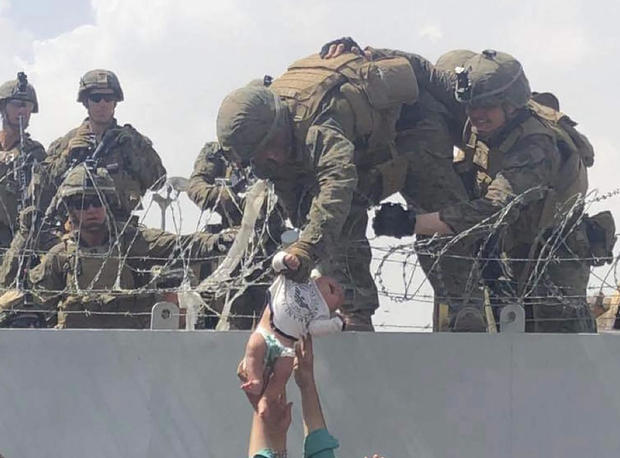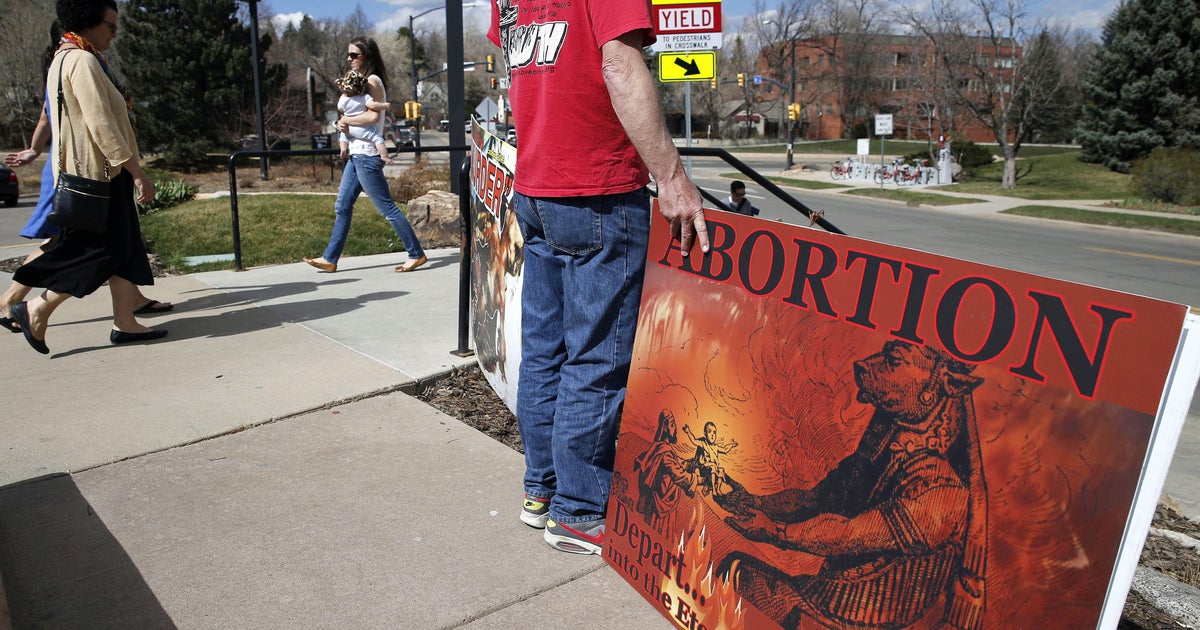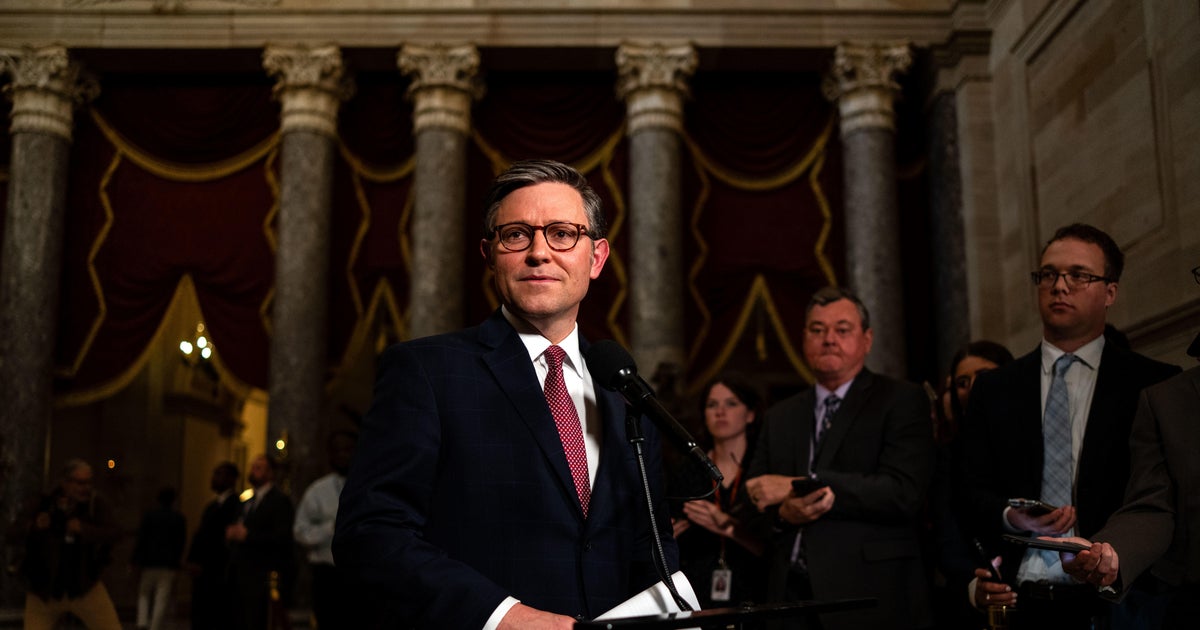Service members forced to "play God" amid chaotic Afghan withdrawal, Army investigation details
New documents detail how the administration's lack of coordination over the withdrawal from Afghanistan put the burden on young service members to "play God" on who left Kabul.
The Army investigation into the August 26 Abbey Gate attack at the airport in Kabul that killed 13 U.S. service members and 170 Afghan civilians included interviews with over 130 people who detailed the weeks ahead of the noncombatant evacuation and its final days.
"Besides conducting crowd control, Marines at Abbey Gate were forced to play God by identifying who would be allowed into the airfield," one military official told investigators.
The investigation into the attack concluded that it was carried out by one single suicide bomber, and was not a complex attack as initially thought. In conducting the investigation, officials covered more about the noncombatant evacuation in August than just the Abbey Gate attack.
The investigation documents that include portions of interviews were released through a Freedom of Information Act Request. The Washington Post first reported on the documents.
The interviews showed a frustration with the lack of planning between the Department of State and the rest of the administration on when to call for a noncombatant evacuation [NEO], what documents were required to process evacuees, and how to man the different entry points.
Marine Corps Brigadier General John Sullivan, who was the Commanding General for the Joint Task Force Crisis Response during the evacuation told investigators "it was like pulling teeth" trying to get the embassy to discuss plans for a NEO until early August.
"Frankly not much leadership came from within the [Department of State] personnel at all, especially, the senior ones," said another official who was involved in evacuating U.S. embassy staff in Kabul to Hamid Karzai International Airport (HKIA). The official said that his unit went through the embassy compound, evacuating State Department employees who were "intoxicated and cowering in rooms."
In the interviews, officials told investigators that young service members manning the gates were forced to expend significant energy finding specific evacuees on behalf of various U.S. government officials, senior military officers, and special interest groups.
Service members at the gate faced large crowd sizes in part because messages from the State Department pinpointing where to go led to swells at each gate and forced Marines to "prioritize speed over accuracy" on who was allowed in, according to an interview with one official.
"Abbey Gate just had a large parking lot of people, there were people sitting inside the checkpoint under cover that had been there for days waiting," one official said. "There was no methodical checking system like there was at North or West Gate. To me, that is the failure. I don't want to say the attack was inevitable, but it was where the risk was."
The same official, who visited the Abbey Gate the day before the attack, said the chaos was alarming: "We did not know what the heck was going on. You couldn't identify friend from foe."
According to the interviews, there had been a rehearsal of a peaceful evacuation from HKIA, but that was not the environment once troops arrived in Kabul and the evacuations began.
"We thought [the evacuation] would be an orderly process just like the way we were practicing it," an official said. "It just didn't play out that way."
The identification documents the State Department required to let evacuees through the gates and onto the airfield changed almost hourly, the investigation found. "[The Department of State] did not get one message right to the Afghans during the NEO," one official said.
Two of the recommendations from the investigation focus on planning for evacuations. One is to establish an interagency NEO doctrine since Afghanistan showed there was not a common terminology between the Department of Defense and the Department of State. And another is to ensure evacuee categories are clearly delineated and projected prior to evacuations.
Interviews also brought to light previously unreported incidents outside of HKIA involving U.S. military personnel. An Afghan national lost an eye from a flashbang grenade, U.S. Marines shot and killed two Taliban soldiers after they "pointed weapons" at the Marines and a Marine accidentally blew off parts of his hand with a flash-bang grenade.
The documents released also reveal that the suicide bomber at Abbey Gate used between 15-20 pounds of "commercial or military grade" explosives using a directional charge with ball bearings to deliver maximum shrapnel damage. One official described the ball bearings as the "size of a marble," which led some interviewees to believe there were victims with gunshot wounds in addition to those hit with bomb shrapnel.
Troops involved in medical treatment and transportation of those injured in the Abbey Gate attack described the scene after the explosion.
"Some of the bodies were fairly mangled," said one military official who helped coordinate medical treatment of the Abbey Gate victims.
"I remember seeing a marine with injuries to his face. I remember seeing a dead baby on the ground," another official who helped carry the injured to safety added.




